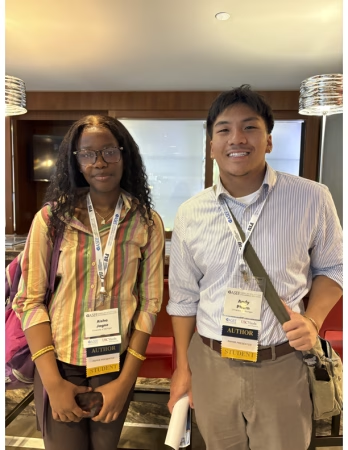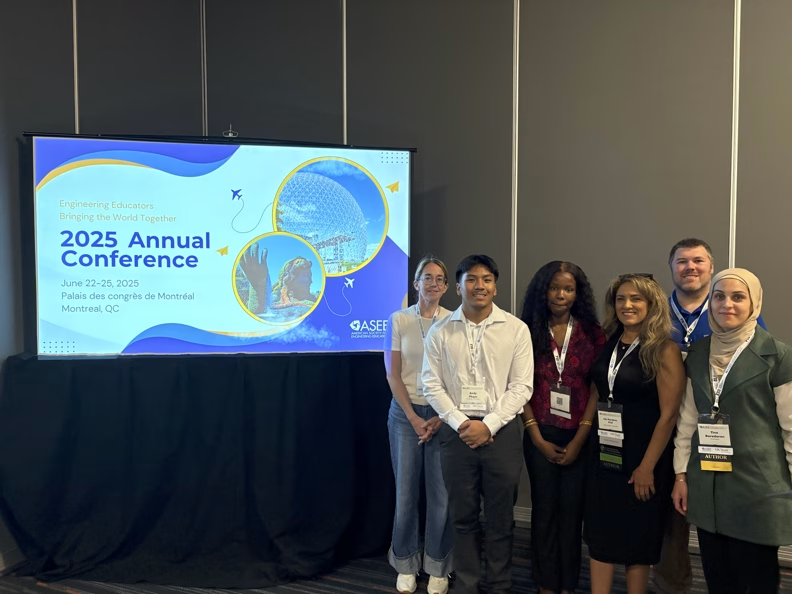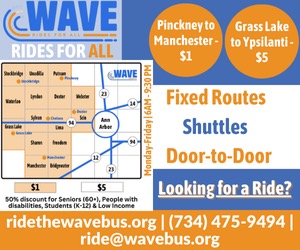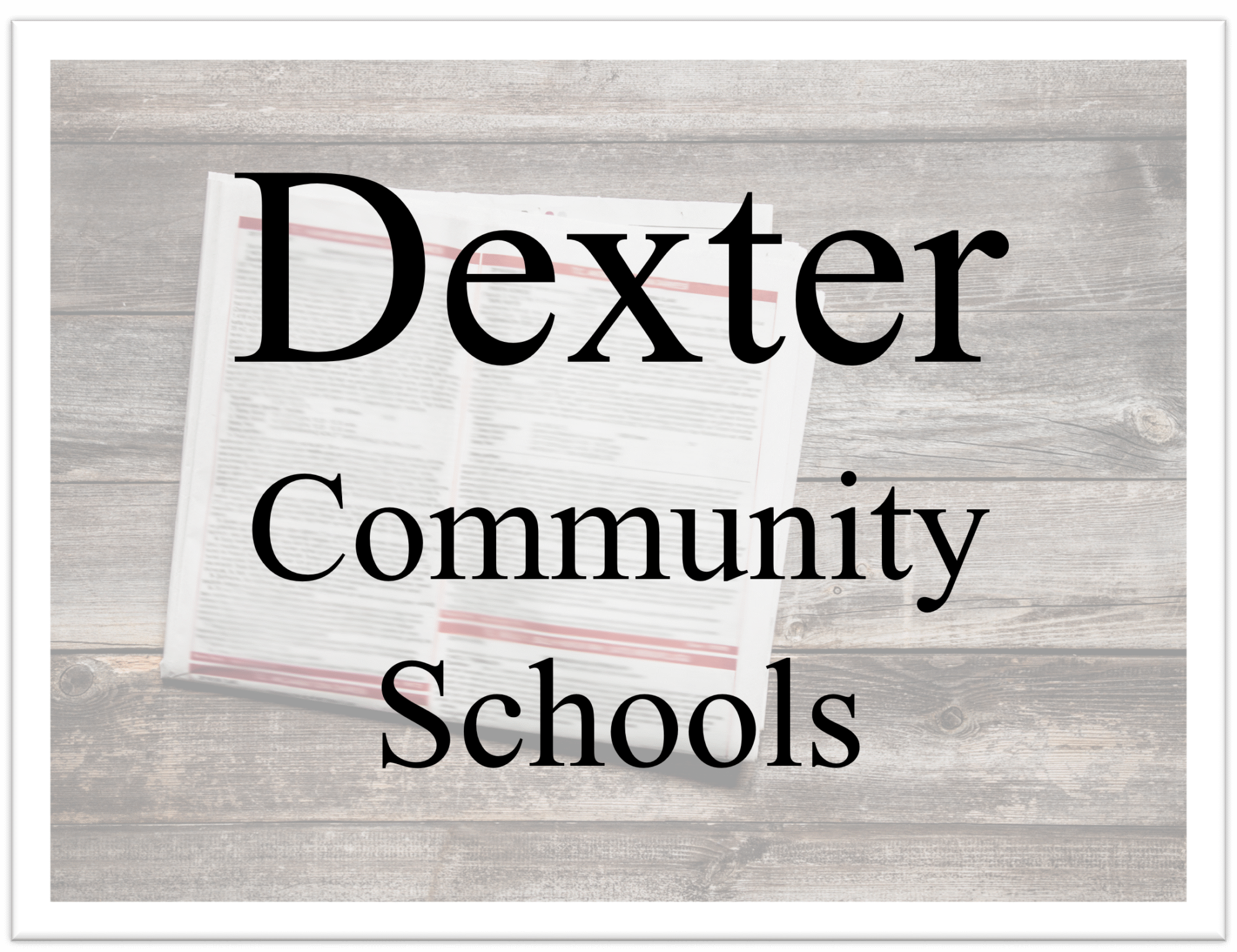The University of Michigan’s Harper Academy offers a free summer program introducing high school students to nuclear engineering through hands-on labs, design projects, and research opportunities.
Photo: Aisha Agne and Andy Pham (center), alongside the Harper Academy team, present their award-winning paper at the 2025 ASEE Conference in Montreal. Courtesy Harper Academy
A summer program at the University of Michigan is giving southeast Michigan high school students rare access to hands-on training in nuclear engineering.
The Harper Academy for Future Nuclear Engineers, a four-week residential program launched in 2024, aims to build interest and diversity in the nuclear sector while addressing a national workforce shortage in the field.
The program, created by nuclear industry executive Dr. Jeff Harper and hosted by U-M’s top-ranked Department of Nuclear Engineering and Radiological Sciences, targets rising high school juniors. Participation is fully funded, and students receive stipends to attend. Participants include students from Saline, Canton, Washtenaw International, and Ann Arbor’s Huron High School.
According to Harper, the academy was developed in response to declining enrollment in nuclear engineering programs and persistent misconceptions about the industry. When asked “Why U of M?” Harper noted in an email, “It’s the #1 Nuclear Engineering Program in the country, and Dr. Todd Allen [department chair], beyond being an academic, is a nuclear industry policy and workforce development thought leader.”
Program Structure
The academy combines classroom learning with lab visits, virtual reality experiences, technical writing workshops, and community-engaged design projects. Students study topics such as nuclear fission and fusion, radiation detection, and reactor systems, while also participating in speculative design exercises to imagine future technologies. Coursework runs from 8 a.m. to 3 p.m., Monday through Friday.
As part of the curriculum, students work in groups to design a conceptual nuclear energy facility, incorporating feedback from community members and using AI tools to visualize the project. The curriculum is developed by a team of U-M faculty and tailored specifically to high school students, with adjustments made to address attention spans and prior knowledge in physics and math.
In addition to academics, students participate in on-campus activities and are gradually given more independence over the course of the program.

Measurable Outcomes
The program’s 2024 pilot cohort included eight students. According to a research paper presented at the American Society for Engineering Education (ASEE) conference in 2025, seven of the eight participants expressed interest in pursuing nuclear engineering or a related field after completing the program. Prior to attending, none had planned to enter the discipline.
Two students from the 2024 cohort, Aisha Agne and Andy Pham, received the Best Paper Award at the 2025 ASEE Annual Conference in Montreal. Their research, which originated during the Harper Academy, was presented in the Energy Conversion, Conservation, and Nuclear Energy division and was developed with guidance from U-M professors Katie Snyder and Aditi Verma.
In addition to continuing their research at U-M, both students have been involved in outreach efforts to share their experience with peers.
Expansion Plans
Applications for the 2025 session increased fourfold compared to the previous year. This year’s Harper Academy runs from July 6 to August 1.
The academy is administered in partnership with U-M’s Office for Culture, Community, and Equity (OCCE), which oversees several summer programs in STEM fields. At four weeks, Harper Academy is the longest of the OCCE’s offerings and includes a smaller student cohort.
For more information about the program, visit charlesharpercharities.org.





 8123 Main St Suite 200 Dexter, MI 48130
8123 Main St Suite 200 Dexter, MI 48130

